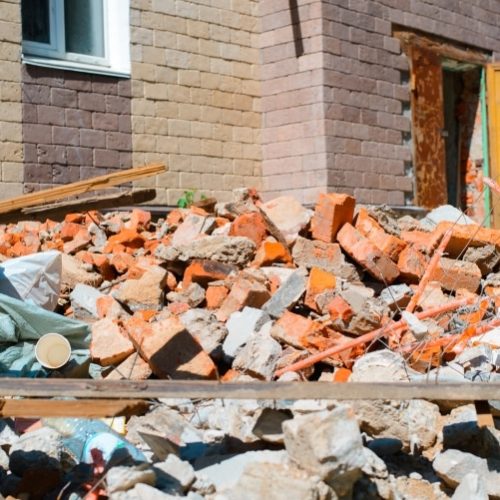Construction and Demolition Waste Services
EC-59-19
Eco Choice Aotearoa’s standard for construction and demolition waste services sets clear guidelines for minimising waste and maximising resource recovery.
The Building Research Association of New Zealand (BRANZ) estimates construction and demolition waste makes up 50% of what goes to landfill in this country. This contributes to resource depletion, pollution and carbon emissions.
To be awarded this certification, construction and demolition waste services must:
- Have effective waste minimisation plans in place;
- Responsibly sort and process waste;
- Ensure detailed reporting to track waste diversion
This standard is recognised by the Australian and New Zealand Green Building Councils.

